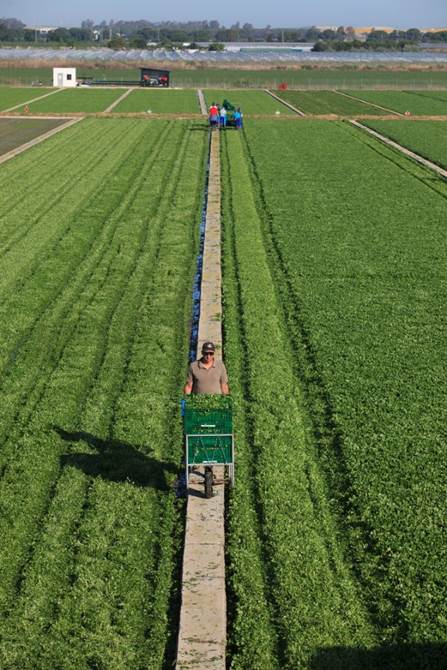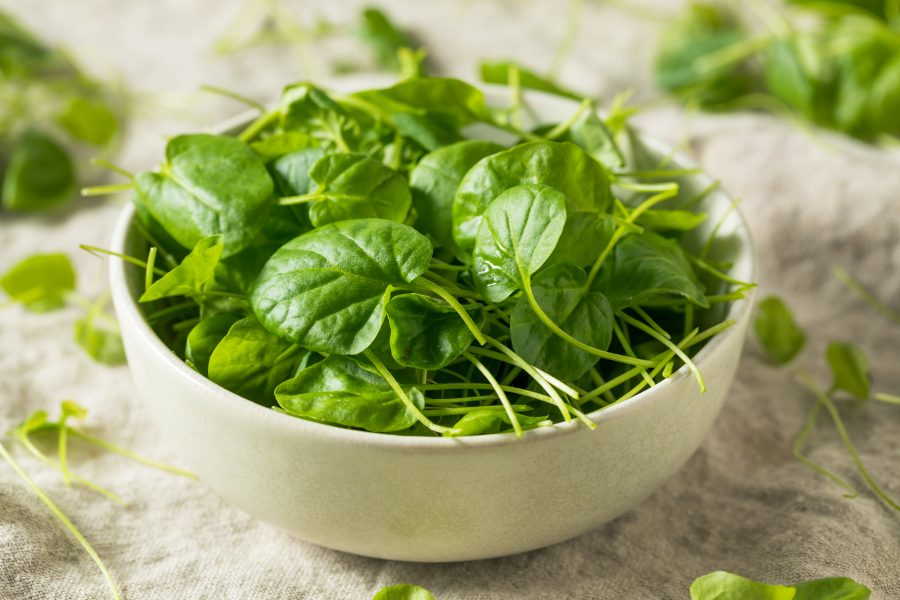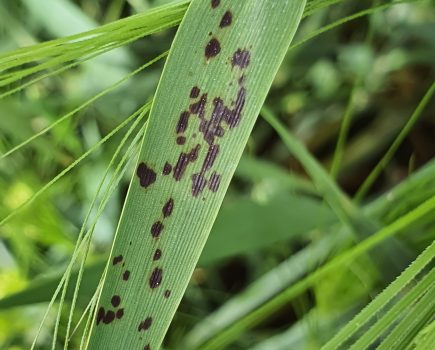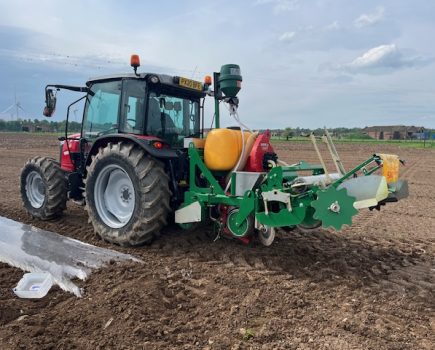With many UK supermarkets limiting the number of fresh vegetables customers can buy due to shortages, one salad leaf remains in good supply thanks to the unique way it is grown, watercress.
Spain, where many winter vegetables and salad crops are grown for the UK market, has been hit by bad weather and transport disruption resulting in widely reported shortages of fresh produce. One crop that has been able to ride the storm there, however, is watercress. The Watercress Company moved a team of British experts to Jerez in Spain 20 years ago to train farmers there in the skills needed to grow watercress for the UK market. Today, Spain is the second biggest grower of commercial watercress, after the UK. Over winter UK beds are only partly cropped due to the lower light levels and harder frosts, so that period is spent preparing for the UK season which starts in May, and Spanish grown supply is used instead.
In Spain, using techniques honed over 20 years and a sophisticated system of water recirculation that mimics the natural springs in which watercress is traditionally grown, the growers were able to come through the frosts that affected Jerez in January and February with crops intact. Good supplies of watercress are now readily available and the UK packing factories that buy watercress and other salad leaves to supply supermarkets, are using more watercress to help supplement the less available leaf varieties in mixed packs. Mono bags of watercress are also sold.
Watercress is unique among salad leaves as it is grown in specially designed beds in flowing water and not on land. It is this traditional growing method (recognised and protected in 2021 by Traditional Specialised Guaranteed status) that makes all the difference. In the UK, where watercress has been commercially grown since Victorian times, the beds were built where water bubbles up from underground springs and aquifers. It remains at a constant temperature of 10°c which means that in times of frost, the water doesn’t freeze, and the watercress plants actually bend down towards the water to keep warm, while in times of drought the water source is sustained underground so the watercress plants don’t go thirsty. It is the effect of the flowing water created in the Spanish beds through recirculation which provides the same protection.
Tom Amery, MD of The Watercress Company said: “We are very lucky that watercress is so resilient; provided the day temperature is above 14°c it needs neither heating nor protection unlike other salad crops. Demand for watercress is high at the moment because it is able to fill the gap left by other salad leaves whose harvests have been dramatically affected by the weather. We are currently bringing in 32 tonnes of watercress every week but I estimate that 50 tonnes per week are currently being sold in the UK. We rely on our Spanish grown crops to help us maintain all year-round supply of watercress but, at the moment, it is helping to keep the UK in salad – full stop.”
Watercress is recognised as one of the healthiest vegetables available, packed with over 50 vital vitamins and minerals. Its distinctive peppery flavour is due to a compound Phenethyl isothiocyanate (PEITC) which is found in especially high levels in watercress and is released when watercress is chewed. PEITC is of particular interest to scientific researchers as it has been found to reduce DNA damage and could prevent certain cancers.
The UK watercress season is typically considered to start in May and continues through until November. An annual festival held in Alresford, the ‘capital of watercress’ will take place on Sunday 21 May to celebrate the arrival of UK grown crop on shelf. For more details visit www.watercressfestival.org








